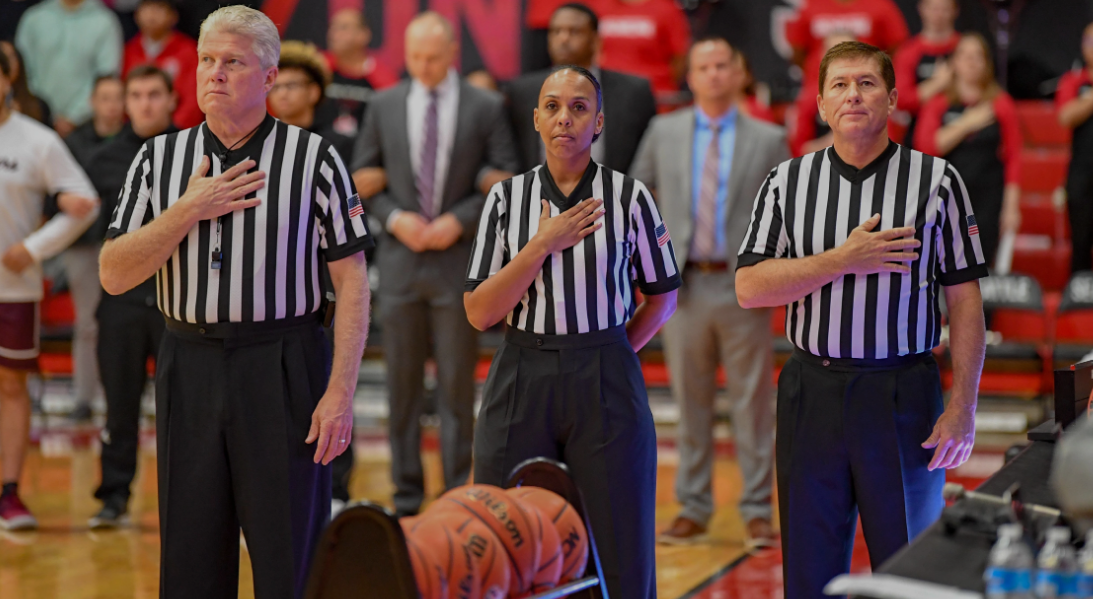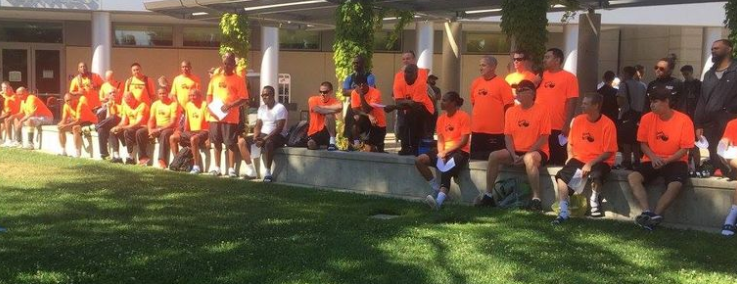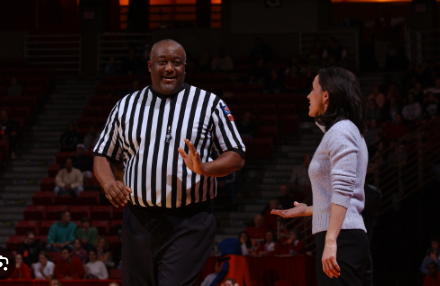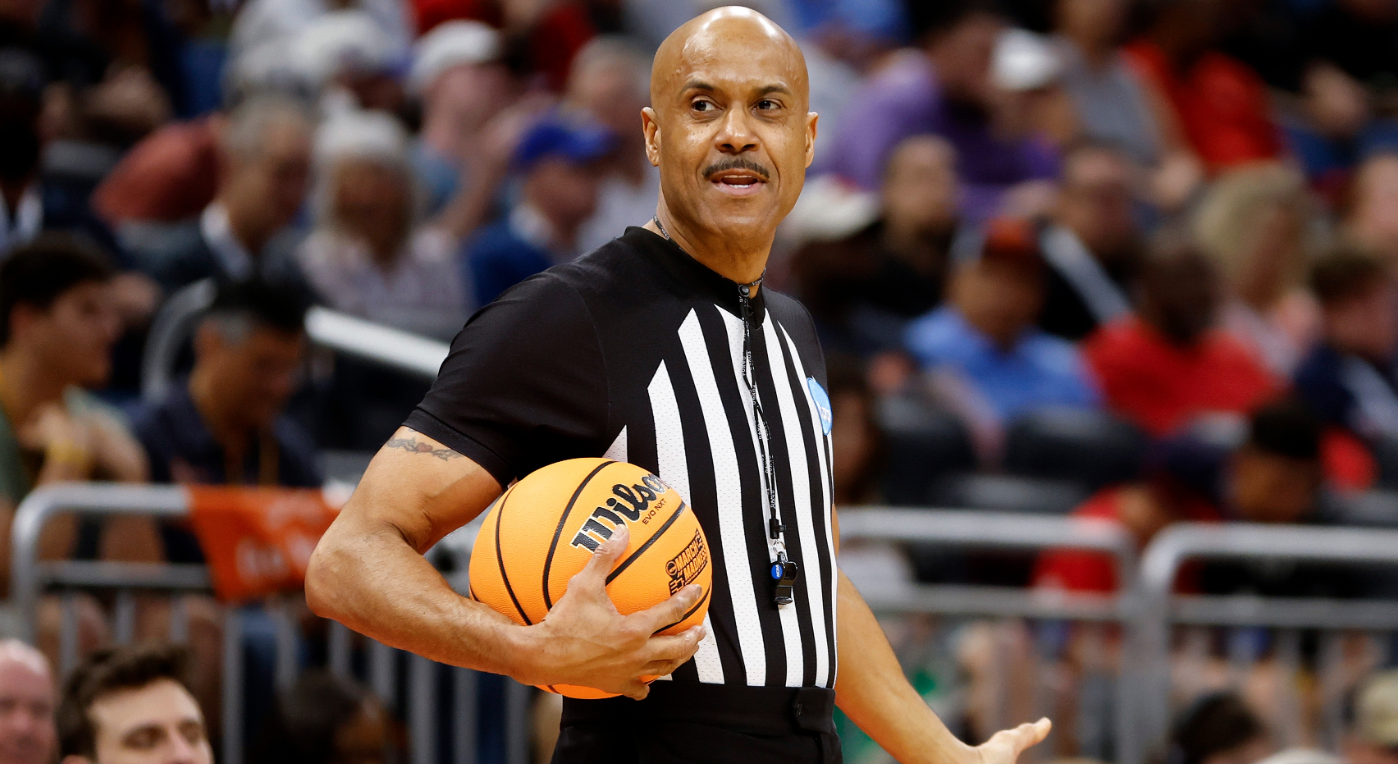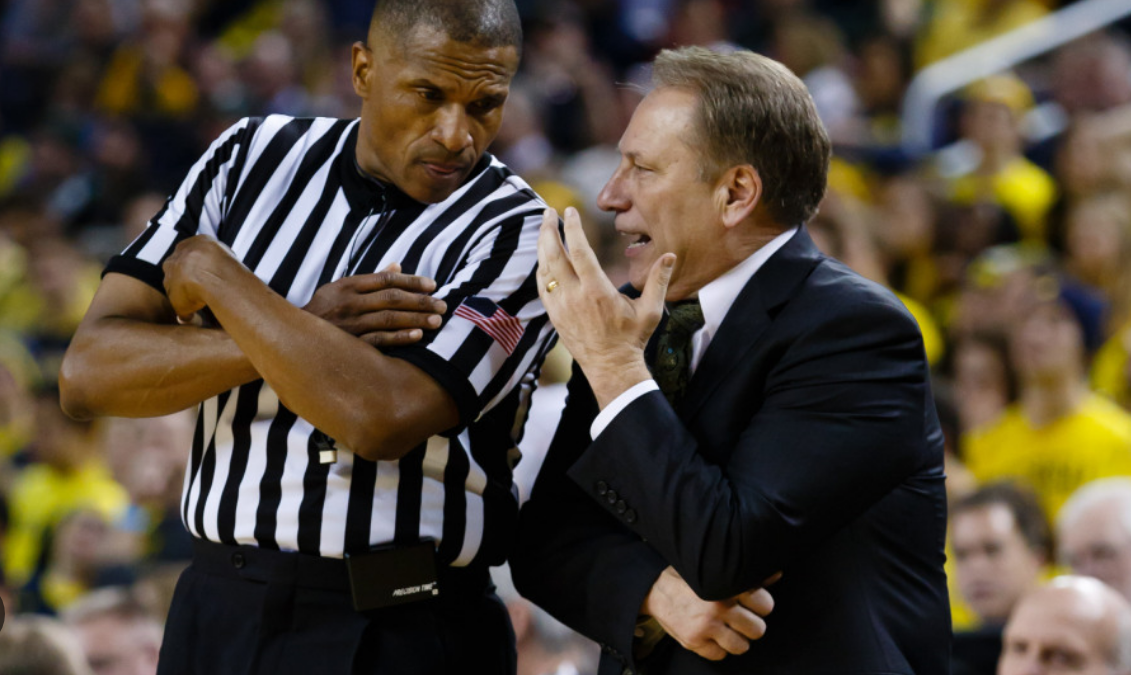
Navigating the dense pages of the high school basketball rule book can be daunting for newcomers. However, a systematic strategy can turn this challenge into a manageable task.
Start by breaking down the rule book into sections, studying one chapter at a time. Create concise summaries or flashcards for each rule, simplifying complex language. Visual aids, like diagrams or flowcharts, can be invaluable in understanding intricate scenarios, such as player positions during specific fouls.
Group study sessions with fellow referees can foster discussions, clarifying doubts and reinforcing knowledge. Test each other with real-game scenarios, ensuring practical understanding.
Revisiting rules periodically helps in retention. Dedicate a few minutes daily to reviewing a specific rule or section, gradually building your proficiency.
Lastly, watch high school games with the rule book at hand. Pause and reference during questionable plays. Active engagement with real situations enhances comprehension and readiness for game day.


